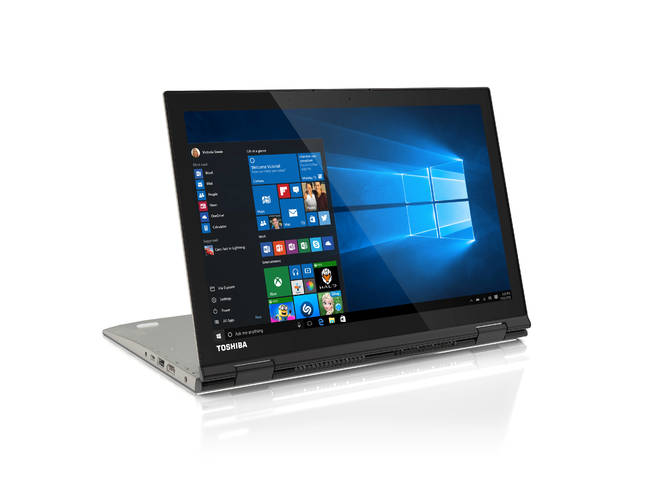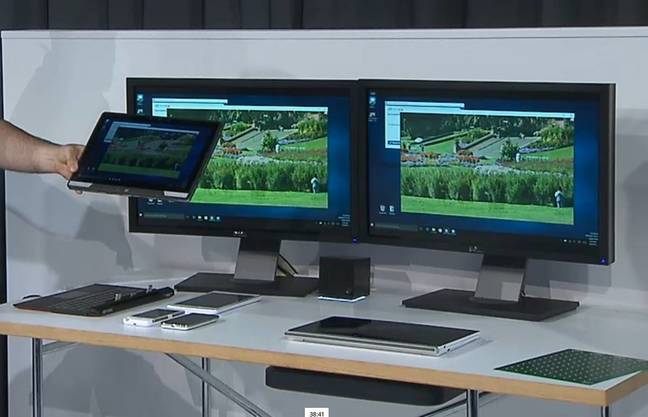This article is more than 1 year old
Intel's 6th gen processors rock – but won't revive PC markets
Lack of innovation and weak Windows 10 apps will hold back upgrades
Innovation?
Intel’s Skaugen is correct, a new PC is quicker, smaller and more efficient than one purchased a few years ago. The harder question, though, is: do the improvements yield benefits that customers care about sufficiently to drive replacement purchases? One of the problems is that new editions of Windows no longer require new hardware, other than for some specific features such as Windows Hello or DirectX 12. Windows 8 and 10 work fine on most hardware that runs Windows 7, unless you are unlucky with drivers for your particular model.
Another problem is that many PCs are used for undemanding tasks. According to Intel, there are a billion PCs in use that are over 3 years old, but for users running Office, browsing the web and watching videos those PCs still work fine.
There are certain categories where the PC remains buoyant. Gaming is one, and Skaugen told us that despite the popularity of consoles, 1.2 billion gamers use PCs, out of 1.8 billion total. Gamers always benefit from refreshed hardware. The same is true for business users who stress their hardware, such as those working in CAD (Computer Aided Design) or multimedia editing. The hybrid laptop/tablet category is also growing; understandably, bearing in mind the huge improvements for tablet users made in Windows 8.
Two-in-one devices have grown over 90 per cent over the last year, according to Parker’s keynote.

Toshiba's Radius 12 hybrid laptop/tablet
Despite the above, for many users it is hard to make a strong argument for a PC upgrade. The problem for Intel and Microsoft is that PCs are not where innovation is happening. Microsoft’s 2012 Surface device was innovative in the way it made sense of being both a PC and a tablet, and you can see the impact of that effort today in products such as Lenovo’s Mix or Apple’s iPad Pro, but that was three years ago.
There are new features, of course. At Intel's press event, Skaugen highlighted areas including improved wireless display connections, magnetic resonance wireless charging promised in a year or so, fast multi-purpose Thunderbolt 3.0 connections, and 3D scanning using Intel's RealSense technology that could enable you to scan yourself and your friends and insert them into a game.

Intel shows wireless connection to dual displays
Nice technical advances; but it was apparent at IFA that innovation, as in new ways to use computers, is more centred on smart devices – call it Internet of Things, if you like – and that vendors are still choosing to focus on iOS and Android for the apps that accompany them, because of the small market share of Windows Phone.
Although Windows hybrid devices are no longer a rarity, they are used primarily like laptops, partly because Windows 10 is less good than Android or iOS as a tablet OS, and partly thanks to lack of compelling tablet-style apps, whether Store apps or Windows 10 Universal Windows Platform apps. Customers looking primarily for a tablet are unlikely to choose a Windows device.
Intel has done what it does and cranked out new processors that enable faster, smaller and more capable PCs. That is great, and PCs are not going away, but revival of the PC market needs more than that. In particular, Microsoft and its partners need to win back the attention of app developers for Windows 10, and despite its considerable efforts (though undermined by the Windows Phone pullback) there is little evidence that this is happening. ®
